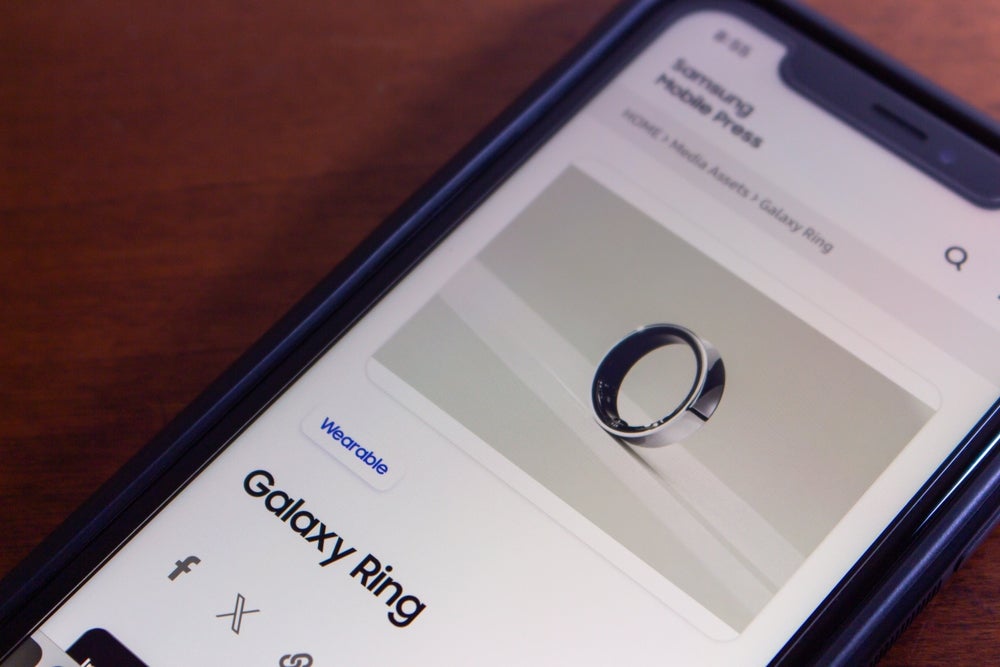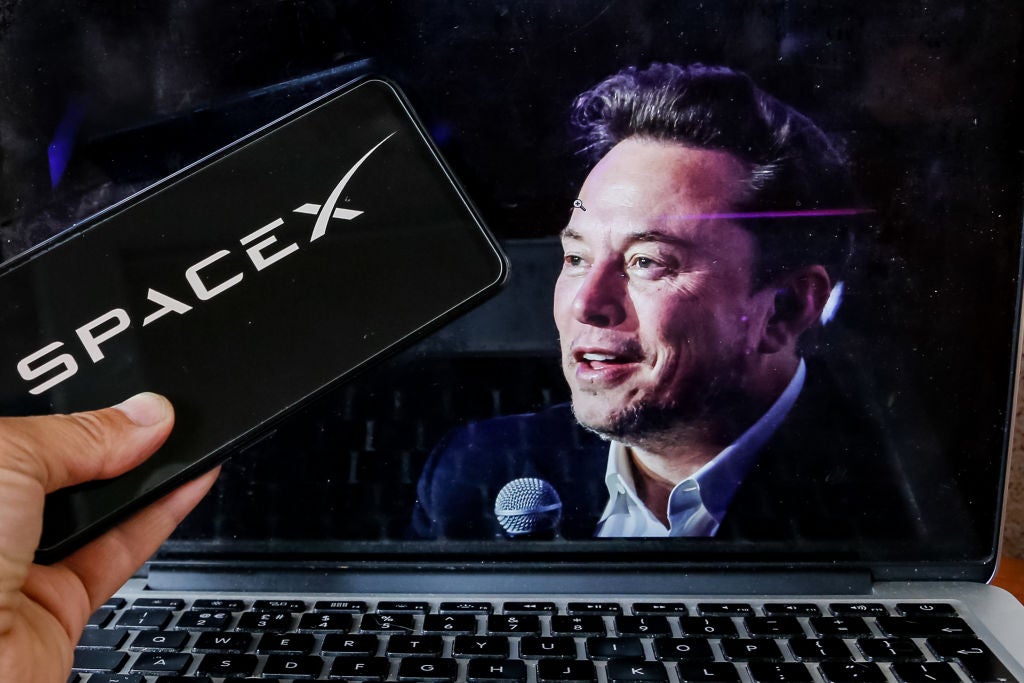
Imagine laying under the stars on a beautifully clear night. As you let your finger trace the different constellations in the firmaments, you’re spotting all the classics – Orion’s Belt, The Big Dipper and even the new NIKE logo. Yes, the famous shoe brand is now sitting alongside ancient star constellations.
Sounds a bit dystopian, doesn’t it? However, that future could genuinely be a possibility, following new research suggesting that space-based advertising might be an economically viable venture. However, whether it would be an effective advertising tool remains to be seen.
Boffins at the Skolkovo Institute of Science and Technology (Skoltech) and Moscow Institute of Physics and Technology (MIPT), have presented an enthralling new study suggesting brands may soon take their adverts into orbit.
The proposal outlines the possibility of sending 50 satellites into space at a “12U CubeSat Volume”. Anyone unfamiliar with this measurement may want to know that TechCrunch compared this to the size of a plastic shopping bag.
The small satellites would then enter a synchronised orbit with the sun, meaning they would always be in direct sunlight as they travel around the planet.
Each satellite would have large reflectors allowing them to bounce sunlight down towards Earth. From the ground this would look like a group of stars moving in synchrony for around five minutes.
How well do you really know your competitors?
Access the most comprehensive Company Profiles on the market, powered by GlobalData. Save hours of research. Gain competitive edge.

Thank you!
Your download email will arrive shortly
Not ready to buy yet? Download a free sample
We are confident about the unique quality of our Company Profiles. However, we want you to make the most beneficial decision for your business, so we offer a free sample that you can download by submitting the below form
By GlobalDataThe satellites will be able to rearrange themselves into everything from simple images to letters, much like the impressive drone art seen in Japan. However, the satellites would be nowhere near as fast in moving due to the space in which they’d have to cover.
Where spacetech and adtech meet
Francesca Gregory, associate analyst at GlobalData, told Verdict: “Like many of the space economy’s emerging sectors, space billboards occupy the liminal space between sci-fi and reality.”
Gregory noted that as reusable launch vehicles become more mainstream the cost of launching will continue to decrease.
The best strategy for making space billboards profitable, according to the study, would be to launch the ads in cities with large populations.
The study also notes that the month the billboards are run should be heavily considered, as winter months will have fewer people outside and stargazing.
Although more ground being covered by satellites will lead to more people seeing the ads, the researchers warn the lights from the cities could dim the image being projected. So it’s important that advertisers weigh up all the factors when thinking about how much ground they want to cover.
Skoltech says a mission of this magnitude will cost around $65m. The creation of 50 satellites will cost around $48.7m, while the testing, support, engineering and launch will take up the remaining expenditure.
The satellite formation will operate for around 91 days, meaning almost 24 image demonstrations will be able to be performed, collecting a total net income of close to $111m, the scientists said.
This isn’t the first-time space-based advertising has been discussed. Since the Apollo Moon launch, there have been logos added onto rockets, branded food delivered to the International Space Station and who can forget when Elon Musk sent an actual Tesla into orbit.
Are space billboards really worth it?
Despite the compelling arguments presented by the study for making money from space billboards, some experts have warned that these missions could contribute to light pollution and cause problems for astronomical research.
The International Dark-Sky Association, a US non-profit organisation, said: “From adding to the erasure of our night sky heritage to being a threat to the ability to do astronomical research from the ground, dark sky advocates and astronomy experts explain why billboards in space will contribute to problems caused by light pollution.”
Gregory noted that space billboards will be launching into an already busy space which could lead to a number of problems. One danger is the so-called Kessler Syndrome where space collisions could create cascades in space, sending tsunamis of debris hurling into each other and towards the planet.
“An increasingly crowded low-earth orbit will exponentially increase the risk of satellite collisions,” Gregory told Verdict. “This will undoubtedly stoke space debris concerns that will likely impact advertisers achieving licenses to launch.
“Although physically feasible, space billboards, for now, present too much risk for too little reward.”
GlobalData is the parent company of Verdict and its sister publications.







